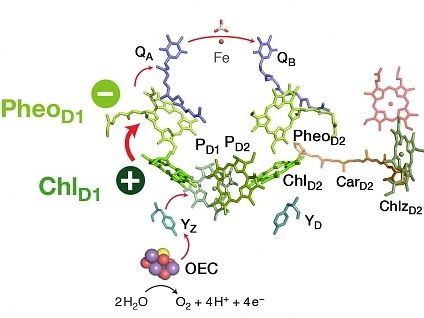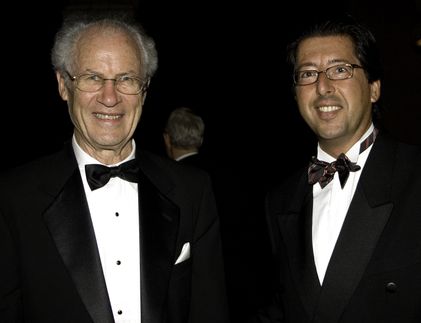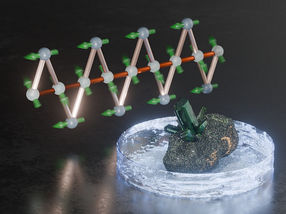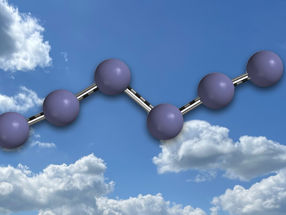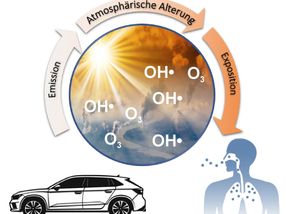Unexpected carbon composition discovered in world's oldest diamonds
Did life on earth begin earlier than we have hitherto believed?
While examining the oldest diamonds in the world, a group of researchers, including Martina Menneken and Dr. Thorsten Geisler from the University of Münster (Institute of Mineralogy), have found evidence that life may have existed 4.25 billion years ago. Up to now, scientists have assumed that the first living cells came into being around 3.5 billion years ago. The prestigious magazine "Nature" has published the results in its current edition dated July 3rd, 2008.
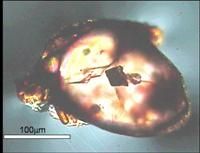
Diamont inclusion in zircon
Martina Menneken
Martina Menneken and her colleagues had already made news in 2007 when they discovered the oldest diamonds in the world. Since then a team consisting of scientists from Australia, Sweden and Münster have been continuing their analysis of the diamond and graphite inclusions in zircons from western Australia which are only a few micrometres in size and up to 4.25 billion years old. In the course of their work the researchers have found some unexpectedly low content of the heavy carbon isotope C-13. Small amounts of this isotope are typical of carbon originating from organic material.
With the aid of a secondary ion mass spectrometer the scientists have measured the proportions of various carbon isotopes (C-12 to C-13) in the inclusions in order to get more information about where the carbon came from and how the diamond and graphite inclusions arose. The proportions measured range from typical values found in the earth's crust to values characterized by an extremely low amount of the heavy C-13 isotope.
"The composition of the carbon isotopes is an indication that life may have existed 4.25 billion years ago," says Martina Menneken. However, abiogenic chemical reactions may also have caused low amounts of heavy carbon. What is certain is that very soon after the formation of the earth 4.56 billion years ago there must have existed on earth a carbon reservoir with extremely low amounts of C-13.
"Our data do not prove the existence of life 4.25 billion years ago," says Menneken, "but they do raise the question of how this unexpected carbon composition arose." The presence of living organisms is one possible explanation. If it should turn out to be true, the history of life would have to be rewritten.
Original publication: Nemchin et al.: A light carbon reservoir recorded in zircon-hosted diamond from the Jack Hills. Nature 454, 92-95, 2008
Most read news
Other news from the department science
These products might interest you

isoprime precisION by Elementar Analysensysteme
isoprime precisION stable isotope ratio mass spectrometer
The most flexible, yet powerful isotope ratio mass spectrometer ever created
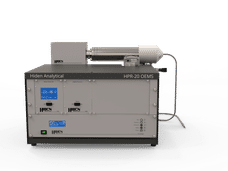
HPR-20 OEMS, Online Electrochemical Mass Spectrometer by Hiden Analytical
Online monitoring and quantification of evolved gases and vapours from electrochemical processes
A complete gas analysis solution, designed to integrate seamlessly with electrochemical applications
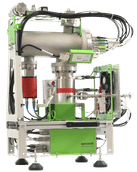
IonTamer ToF MS by Spacetek Technology
IonTamer instruments are time-of-flight residual gas analysers (TOF-RGA) for the analysis of gases
Compact Time-of-flight residual gas analyzer (TOF-RGA) for process analysis
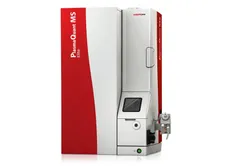
PlasmaQuant MS Elite by Analytik Jena
LC-ICP-MS Is the Key to the World of Elemental Species
Highest Sensitivity and Lowest Detection Limits with PlasmaQuant MS Series and PQ LC
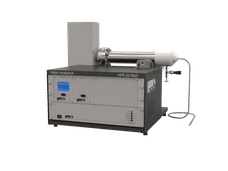
HPR-20 R&D by Hiden Analytical
A specialist benchtop triple filter mass spectrometer for the monitoring of evolved gases & vapours
Providing improved resolution & abundance sensitivity with an ultimate detection limit of 5 ppb sub

BIOS ANALYTIQUE - Soluciones de Renting y Leasing para laboratorios by Bios Analytique
Specialists in the rental and leasing of scientific equipment for laboratories throughout Europe
Whether you have an unexpected requirement or limited budget, we have the perfect solution for you

NexION® 5000 by PerkinElmer
NexION 5000 Multi-Quadrupole ICP Mass Spectrometer
NexION 5000 Multi-Quadrupole ICP Mass Spectrometer
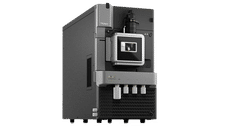
Xevo TQ Absolute by Waters
A new Tandem Quadrupole Mass Spectrometer for Quantification with Absolute power
Absolute performance, efficiency, productivity, and confidence for your most challenging compounds

iCAP RQ single Quadrupole ICP-MS by Thermo Fisher Scientific
Robust ICP-MS with ease of use and high productivity for routine analysis
A complete multi-element analysis solution for your high-throughput routine laboratory
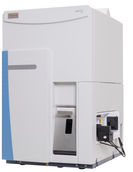
iCAP TQ Triple Quadrupole ICP-MS by Thermo Fisher Scientific
Overcome unexpected interferences, reduce detection limits and improve data quality
Ultralow limits of detection with simplicity - even for the most challenging analytical applications

expression® Compact Mass Spectrometer by Advion Interchim Scientific
Mass Spectrometry for Chemists: Fast, Easy, Prep-Free Reaction Monitoring at the Bench
Featuring a variety of sample introduction techniques that also allow TLC/MS & direct probe analysis
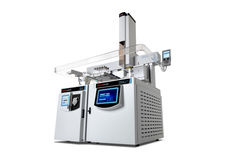
TSQ 9610 GC-MS/MS by Thermo Fisher Scientific
TSQ 9610 GC-MS/MS for superb sensitivity and selectivity with outstanding reliable productivity
Eliminate unnecessary, unplanned instrument downtime, save helium and maximize productivity

Get the chemical industry in your inbox
By submitting this form you agree that LUMITOS AG will send you the newsletter(s) selected above by email. Your data will not be passed on to third parties. Your data will be stored and processed in accordance with our data protection regulations. LUMITOS may contact you by email for the purpose of advertising or market and opinion surveys. You can revoke your consent at any time without giving reasons to LUMITOS AG, Ernst-Augustin-Str. 2, 12489 Berlin, Germany or by e-mail at revoke@lumitos.com with effect for the future. In addition, each email contains a link to unsubscribe from the corresponding newsletter.
Most read news
More news from our other portals
See the theme worlds for related content
Topic World Mass Spectrometry
Mass spectrometry enables us to detect and identify molecules and reveal their structure. Whether in chemistry, biochemistry or forensics - mass spectrometry opens up unexpected insights into the composition of our world. Immerse yourself in the fascinating world of mass spectrometry!

Topic World Mass Spectrometry
Mass spectrometry enables us to detect and identify molecules and reveal their structure. Whether in chemistry, biochemistry or forensics - mass spectrometry opens up unexpected insights into the composition of our world. Immerse yourself in the fascinating world of mass spectrometry!
Last viewed contents
Category:5-alpha-reductase_inhibitors
Precipitation_strengthening
PerkinElmer Instruments Introduces The New Multiwave 300 - Provides High Throughput Microwave-Assisted Sample Preparation
Category:Rubber_properties
